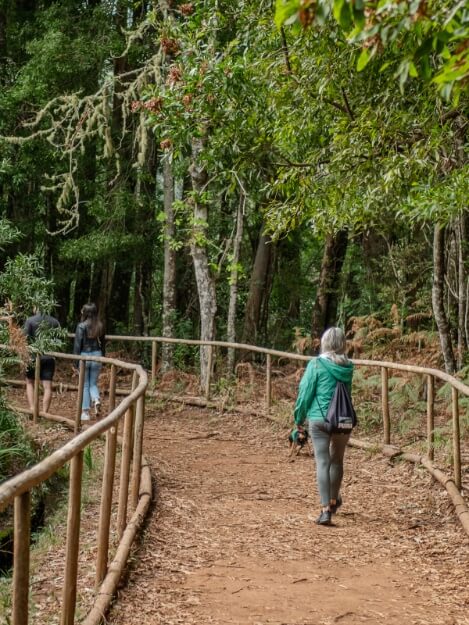Málaga overlooking the Mediterranean sea in the Costa del Sol is the second largest city in Andalucia and is a genuine and typical Andaluz city with a gritty individualism relatively untouched by tourism and the passage of time. The Moors occupied the city until the mid fifteenth century, after which it grew to become one of the foremost merchant centres in the entire Iberian Peninsula. This illustrious past has left its imprint on the historic centre, particularly around La Alcazaba, a fortress which dates back to 1065 and is now a fascinating archaeological museum.
Also worth a visit is the nearby Castle which was rebuilt by the Moors and is today a traditional parador (state hotel) with superb panoramic views. During the nineteenth century, Málaga was a popular winter resort for the wealthy famed for its elegance and sophistication. The impressive park on Calle Alameda dates back to this era and is recognized as being one of the most celebrated botanical collections in Europe. During the winter, open air concerts are held here every Sunday which makes a refreshing change from the bucket and spade scenario on the coast.
Pablo Picasso is the city’s famous son (not counting Antonio Banderas of course!) and the Museo Picasso is dedicated to his major works. His birthplace in Plaza Merced is today an archive of his life and works run by the Picasso Foundation it’s also open to the public. Málaga’s main theatre is the "Theatro Cervantes" where Antonio Banderas once trod the boards. He still visits.
Málaga ’s Cathedral was built between 1528 and 1782 on or near the site of a former mosque. While original plans had allowed for two towers, lack of funds resulted in the completion of only one, giving rise to the name by which the cathedral is affectionately referred to, La Manquita, loosely interpreted as "one armed woman". The interior has influences of the Renaissance and baroque styles. The notable 17th century choir stalls of mahogany and cedarwood were designed by Luis Ortiz. After his death the 40 finely carved statues of the saints behind each stall were completed by Pedro de Mena, one of Spain’s most celebrated wood-carvers of the time, who spent some years in Malaga. Adjoining the cathedral is the Iglesia del Sagrano. Founded in the 15th century on the site of a mosque, the church has an unusual rectangular shape, its Isabelline-Gothic portal is the only remaining part of the original structure which was rebuilt in 1714. The interior is richly decorated and its main altar features a magnificent 16th century retable.
A short walk up from the Plaza de Aduana are the solid fortified walls of La Alcazaba, a major landmark of the city. This fortress dates back to the 700’s, although much of the structure belongs to the mid 11th century. The entrance is through the gateway known as the Puerta del Cristo (Christ’s Door), where the first mass was celebrated following the Christian victory over the town. This pathway leads up through attractive landscaped gardens punctuated with bubbling fountains, carrying on through the gateways of Puerta de las Columnas, Arco del Cristo and Arcos de Granada. Several terraces offer magnificent views of the town and harbour. A small palace within the inner perimeter is now the home of the Archaeological Museum. Just below the entrance to the Alcazaba are the ruins of an amphitheatre dating from Roman times. Above here there is a steep path that leads to the castle which crowns the Gibralfaro Hill.
Gibralfaro Castle is a magnificent building dating back to the beginning of the 14th century when it was built by Yusef 1st of Granada on a former Phoenician site and lighthouse from which the castle’s name was derived - gebel-faro (rock of the lighthouse). The castle is famous for being the site of a three month siege by the citizens of Málaga against the Catholic monarchs, Ferdinand and Isabella. This came to an end only when hunger led to capitulation, after which Ferdinand occupied the site while his queen took up residence in the town. All that remains of this historic monument today is the series of solid ramparts which rise majestically among dense woods of pines and eucalyptus.
The gastronomy is dominated by seafood and Málaga has a great reputation for delicious fried fish. There is an abundance of good tapas bars and why not try the sweet Málaga wine.
Population: 569,009 (2016)
Area: 398 km²
We have a wide selection of hand-picked Tours to Málaga & Historic or Modern Hotels in Málaga . Below you will find the full list of Málaga Tours & Hotels.

 Home: Blog
Home: Blog










